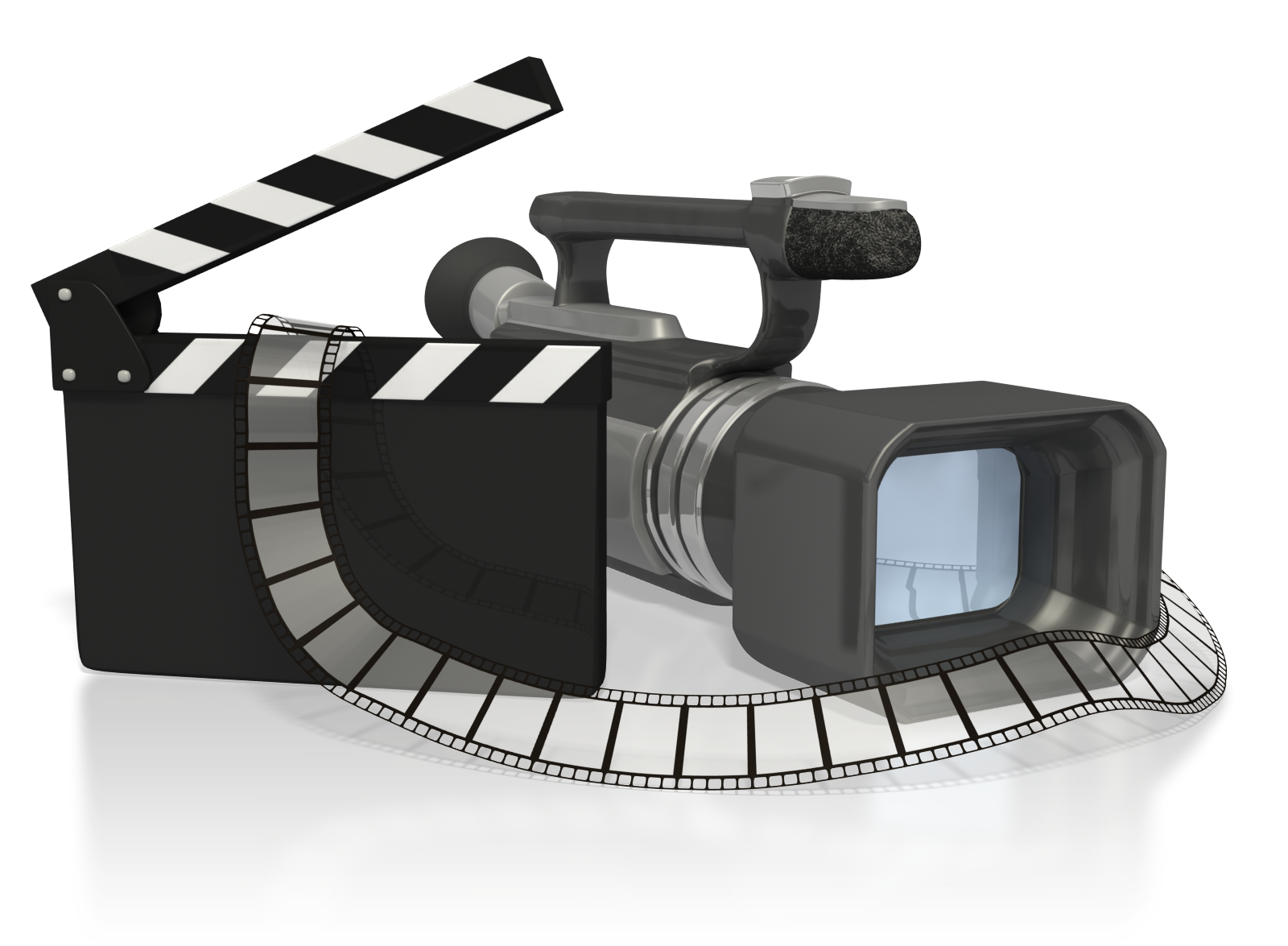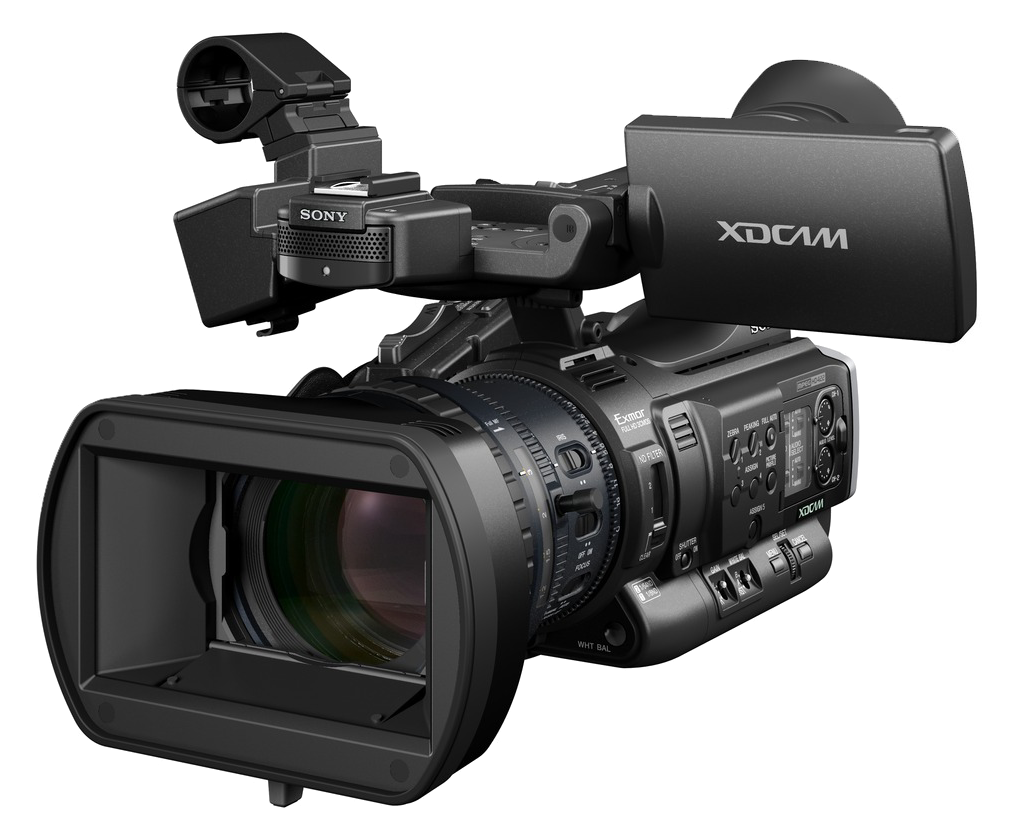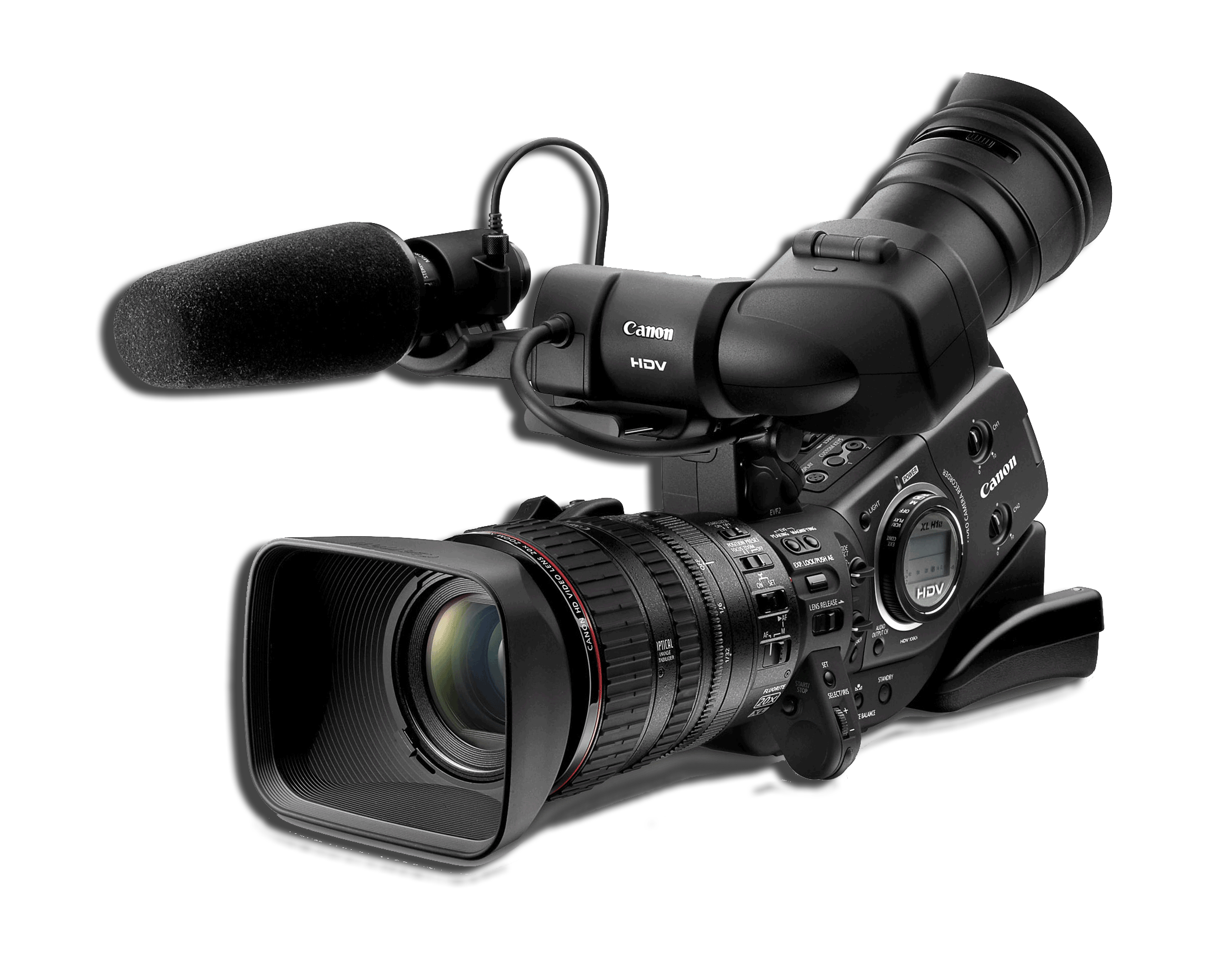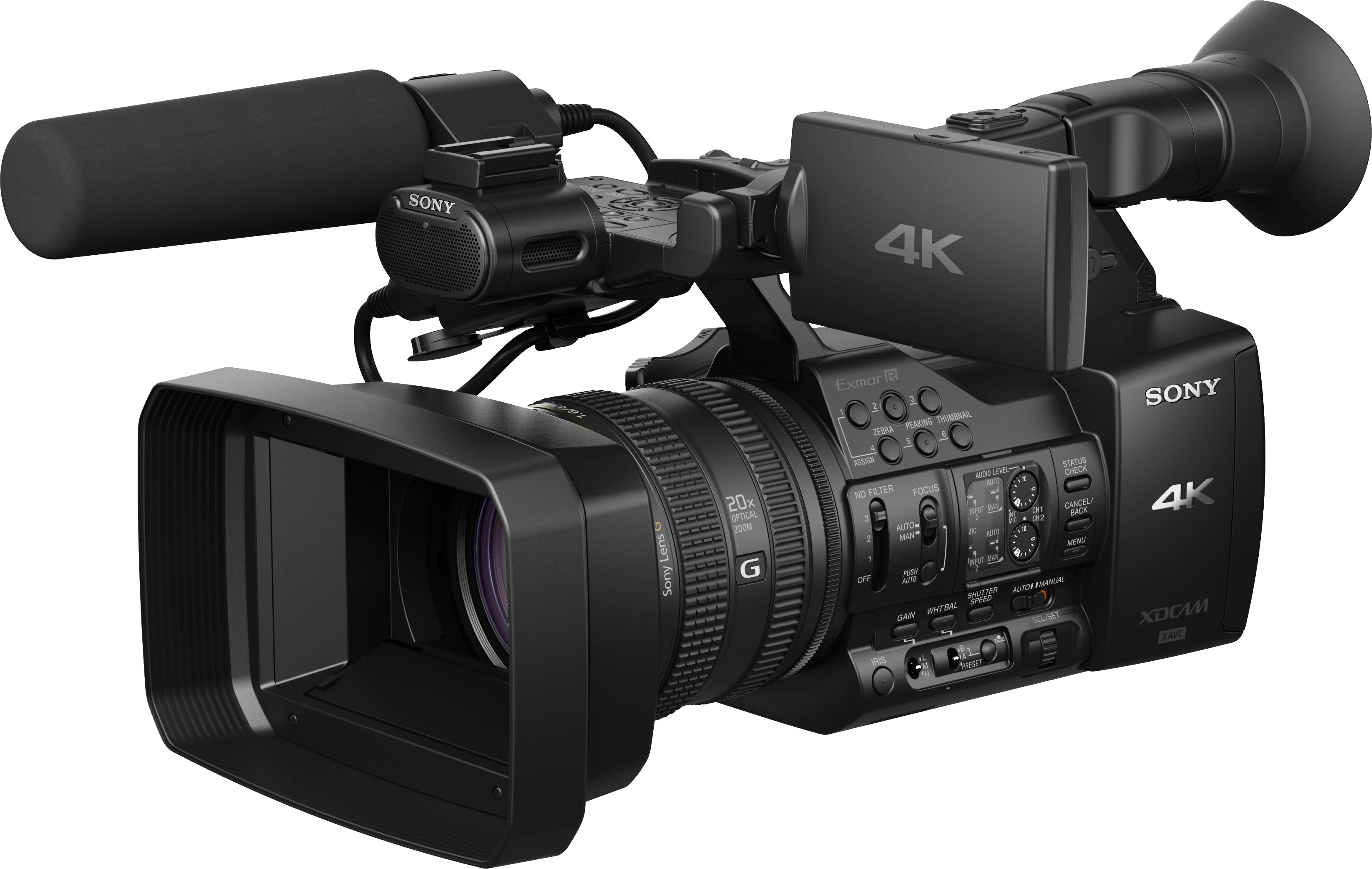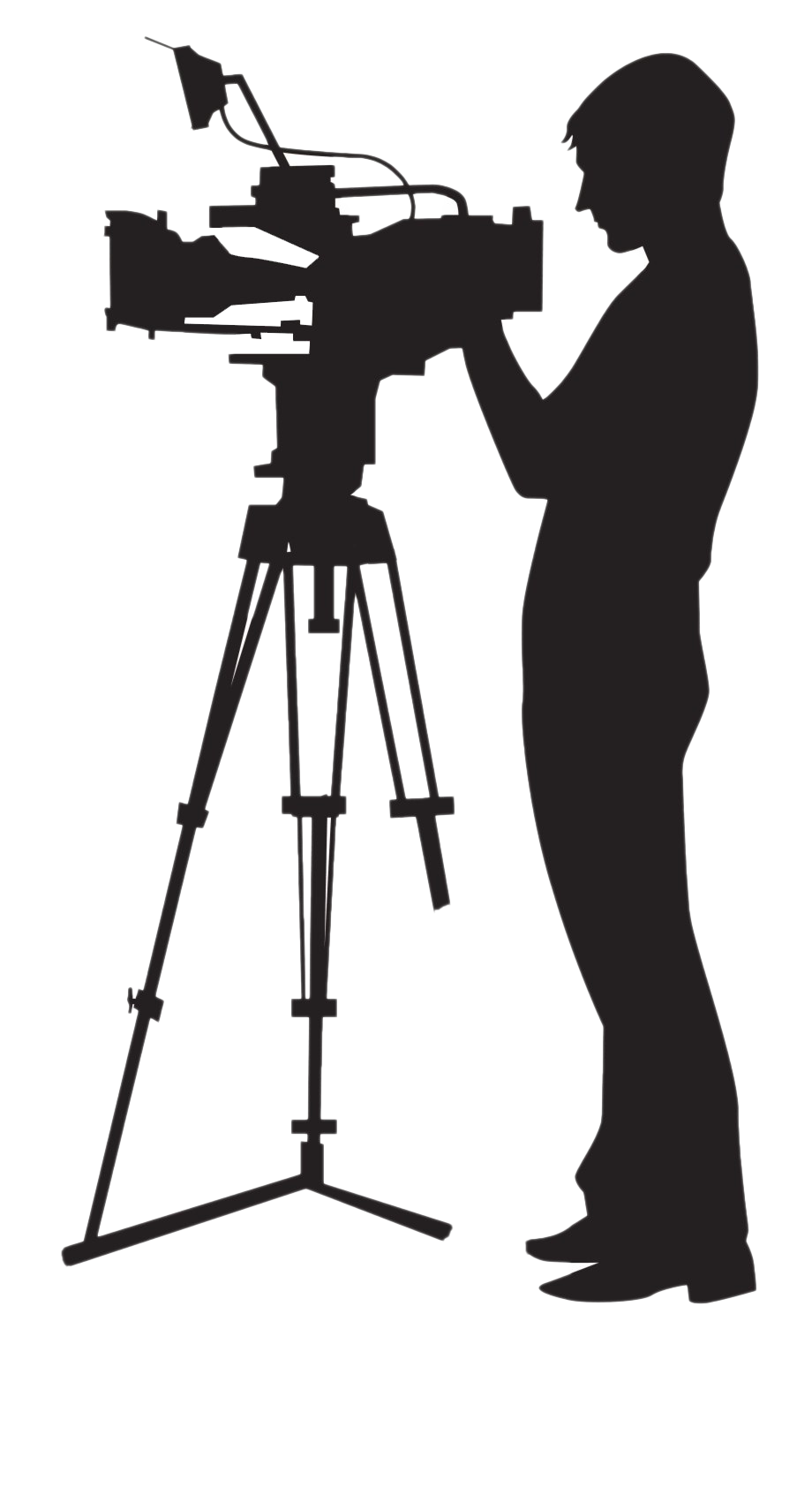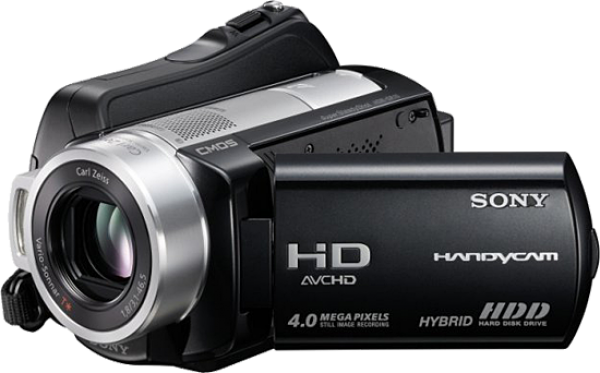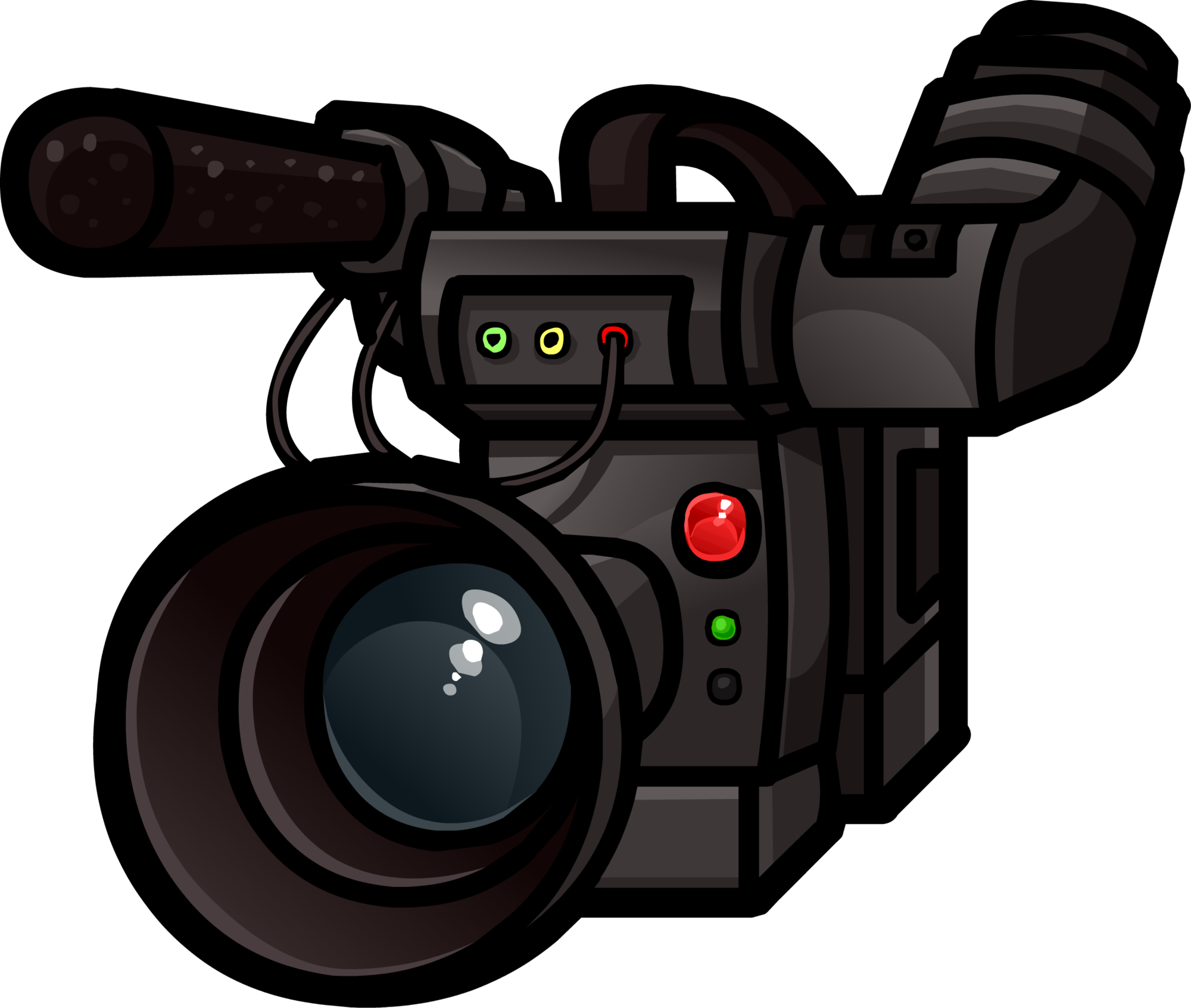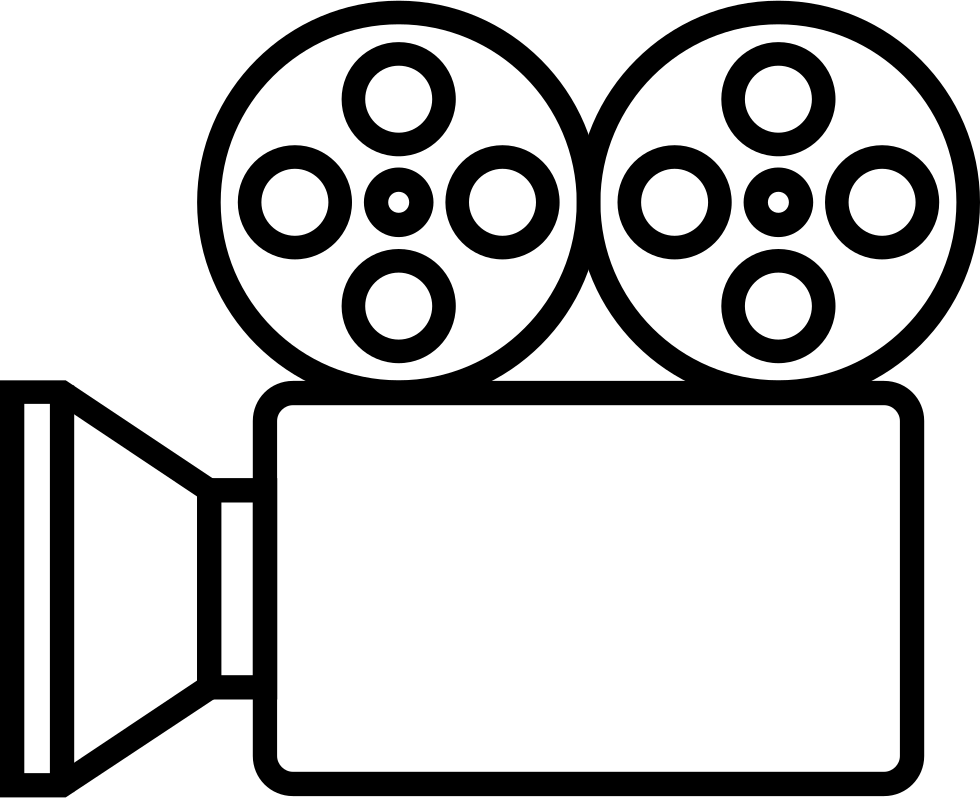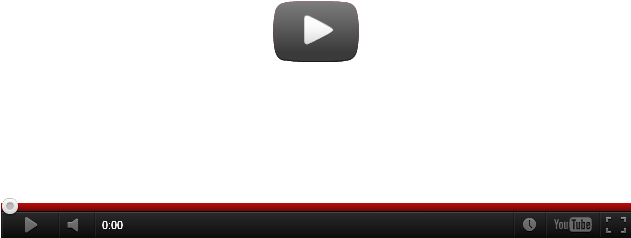Download top and best high-quality free Video PNG Transparent Images backgrounds available in various sizes. To view the full PNG size resolution click on any of the below image thumbnail.
License Info: Creative Commons 4.0 BY-NC
Video is a digital format for recording, copying, playing back, transmitting, and displaying moving images. Video was initially created for mechanical television systems, which were rapidly superseded by cathode ray tube (CRT) systems, which were then superseded by various forms of flat panel displays.
The display resolution, aspect ratio, refresh rate, color capability, and other characteristics of video systems differ. There are analog and digital versions that may be transmitted on radio, magnetic tape, optical discs, computer files, and network streaming, among other media.
Video technology was initially created for mechanical television systems, which were rapidly supplanted by cathode ray tube (CRT) television systems, although various additional video display technologies have since been established. Originally, video was only available in real time.
Originally, video was only available in real time. One of the earliest workable video tape recorders was developed by an Ampex research team led by Charles Ginsburg (VTR). The first videotape recorder (VTR) was introduced in 1951, and it recorded live pictures from television cameras by putting the camera’s electrical signal onto magnetic videotape.
In 1956, video recorders cost $50,000 and videotapes cost $300 each one-hour reel. Prices significantly decreased over time, and Sony began selling videocassette recorder (VCR) decks and tapes to the general public in 1971.
The adoption of digital video technology resulted in digital video. Because early digital uncompressed video required impractically large bitrates, it couldn’t compete with analog video at first.
Discrete cosine transform (DCT) coding, a lossy compression technology invented in the early 1970s, made practical digital video conceivable. Starting with H.261, the first viable digital video coding standard, DCT coding was evolved into motion-compensated DCT video compression in the late 1980s.
Digital video later became capable of greater quality and, eventually, lower cost than analog video. Videotape and recording equipment sales decreased after the advent of the DVD in 1997, and then the Blu-ray Disc in 2006.
Advances in computer technology have made it possible for even low-priced personal computers and cellphones to capture, store, edit, and transmit digital video, significantly lowering the cost of video production and allowing programmers and broadcasters to transition to tapeless production.
In most areas of the globe, the introduction of digital broadcasting and the accompanying shift to digital television is relegating analog video to the status of an obsolete technology.
In most areas of the globe, the introduction of digital broadcasting and the accompanying shift to digital television is relegating analog video to the status of an obsolete technology. Modern digital video technology is merging with digital film technology as of 2015, with the increased adoption of high-resolution video cameras with greater dynamic range and color gamuts, as well as high-dynamic-range digital intermediate data formats with improved color depth.
Interlaced or progressive video can be used. Each refresh interval in progressive scan systems refreshes all scan lines in each frame in order. When viewing a natively progressive broadcast or recorded signal, both the stationary and moving sections of the image have the best spatial resolution.
Early mechanical and CRT television displays used interlacing to eliminate flicker without increasing the number of full frames per second. When compared to progressive scanning, interlacing preserves detail while needing less bandwidth.
In interlaced video, each complete frame’s horizontal scan lines are treated as if they were sequentially numbered and captured as two fields: an odd field (upper field) for odd-numbered lines and an even field (lower field) for even-numbered lines.
In terms of apparent overall flicker, analog display technologies duplicate each frame, essentially doubling the frame rate. The frame rate for motion is effectively doubled when the image capture device acquires the fields one at a time rather than dividing up a complete frame after it is captured, resulting in smoother, more lifelike reproduction of rapidly moving parts of the image when viewed on an interlaced CRT display.
Download Video PNG images transparent gallery.
- Video No Background
Resolution: 878 × 980
Size: 35 KB
Image Format: .png
Download
- Video PNG Photo
Resolution: 512 × 512
Size: 39 KB
Image Format: .png
Download
- Video Symbol PNG Image
Resolution: 512 × 512
Size: 15 KB
Image Format: .png
Download
- Video Symbol PNG File
Resolution: 512 × 512
Size: 5 KB
Image Format: .png
Download
- Video Camera PNG File
Resolution: 1600 × 1175
Size: 1019 KB
Image Format: .png
Download
- Video Camera PNG Pic
Resolution: 640 × 640
Size: 22 KB
Image Format: .png
Download
- Video Camera PNG Images HD
Resolution: 600 × 600
Size: 181 KB
Image Format: .png
Download
- Video Symbol PNG Clipart
Resolution: 512 × 512
Size: 5 KB
Image Format: .png
Download
- Video Camera PNG HD Image
Resolution: 555 × 493
Size: 7 KB
Image Format: .png
Download
- Video Camera PNG Picture
Resolution: 885 × 677
Size: 14 KB
Image Format: .png
Download
- Video Camera PNG Clipart
Resolution: 723 × 797
Size: 16 KB
Image Format: .png
Download
- Video Camera PNG Photos
Resolution: 1019 × 836
Size: 410 KB
Image Format: .png
Download
- Video Camera PNG Images
Resolution: 981 × 858
Size: 47 KB
Image Format: .png
Download
- Video PNG Image
Resolution: 512 × 512
Size: 12 KB
Image Format: .png
Download
- Video PNG Image HD
Resolution: 820 × 461
Size: 34 KB
Image Format: .png
Download
- Video PNG Clipart
Resolution: 512 × 496
Size: 8 KB
Image Format: .png
Download
- Video Camera Transparent
Resolution: 1147 × 980
Size: 53 KB
Image Format: .png
Download
- Video Symbol PNG Images
Resolution: 512 × 512
Size: 19 KB
Image Format: .png
Download
- Video Transparent
Resolution: 512 × 512
Size: 14 KB
Image Format: .png
Download
- Video Camera PNG Image
Resolution: 2094 × 1650
Size: 1243 KB
Image Format: .png
Download
- Video PNG Cutout
Resolution: 1600 × 900
Size: 4 KB
Image Format: .png
Download
- Video Symbol PNG Cutout
Resolution: 512 × 512
Size: 8 KB
Image Format: .png
Download
- Video Symbol PNG HD Image
Resolution: 860 × 901
Size: 90 KB
Image Format: .png
Download
- Video PNG HD Image
Resolution: 1600 × 1600
Size: 14 KB
Image Format: .png
Download
- Video PNG Images
Resolution: 985 × 603
Size: 108 KB
Image Format: .png
Download
- Video Camera PNG Photo
Resolution: 3270 × 2070
Size: 2093 KB
Image Format: .png
Download
- Video Symbol Transparent
Resolution: 768 × 768
Size: 9 KB
Image Format: .png
Download
- Video Camera PNG Cutout
Resolution: 500 × 500
Size: 11 KB
Image Format: .png
Download
- Video PNG Photos
Resolution: 1024 × 1024
Size: 30 KB
Image Format: .png
Download
- Video PNG Images HD
Resolution: 452 × 452
Size: 4 KB
Image Format: .png
Download
- Video Background PNG
Resolution: 750 × 750
Size: 15 KB
Image Format: .png
Download
- Video PNG Free Image
Resolution: 512 × 512
Size: 15 KB
Image Format: .png
Download
- Video PNG Image File
Resolution: 512 × 512
Size: 5 KB
Image Format: .png
Download
- Video PNG Picture
Resolution: 640 × 488
Size: 7 KB
Image Format: .png
Download
- Video Symbol PNG Photos
Resolution: 960 × 700
Size: 51 KB
Image Format: .png
Download
- Video PNG Background
Resolution: 920 × 1693
Size: 266 KB
Image Format: .png
Download
- Video Symbol PNG Picture
Resolution: 512 × 512
Size: 6 KB
Image Format: .png
Download
- Video Camera PNG Image HD
Resolution: 775 × 980
Size: 38 KB
Image Format: .png
Download
- Video Symbol PNG Photo
Resolution: 1919 × 1501
Size: 34 KB
Image Format: .png
Download
- Video Symbol PNG Pic
Resolution: 705 × 705
Size: 56 KB
Image Format: .png
Download
- Video Camera No Background
Resolution: 600 × 373
Size: 208 KB
Image Format: .png
Download
- Video Symbol PNG Image HD
Resolution: 512 × 512
Size: 27 KB
Image Format: .png
Download
- Video Symbol
Resolution: 551 × 444
Size: 110 KB
Image Format: .png
Download
- Video Camera
Resolution: 2000 × 1693
Size: 364 KB
Image Format: .png
Download
- Video Camera PNG
Resolution: 980 × 798
Size: 68 KB
Image Format: .png
Download
- Video PNG Pic
Resolution: 631 × 238
Size: 6 KB
Image Format: .png
Download
- Video
Resolution: 2225 × 2081
Size: 346 KB
Image Format: .png
Download
- Video PNG
Resolution: 6080 × 3146
Size: 215 KB
Image Format: .png
Download
- Video PNG File
Resolution: 2089 × 1269
Size: 76 KB
Image Format: .png
Download
- Video Symbol PNG
Resolution: 512 × 512
Size: 10 KB
Image Format: .png
Download




